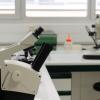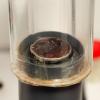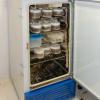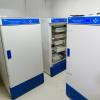- What is the IA2?
- Research and Transfer
- Services
- Press and dissemination
- Calls
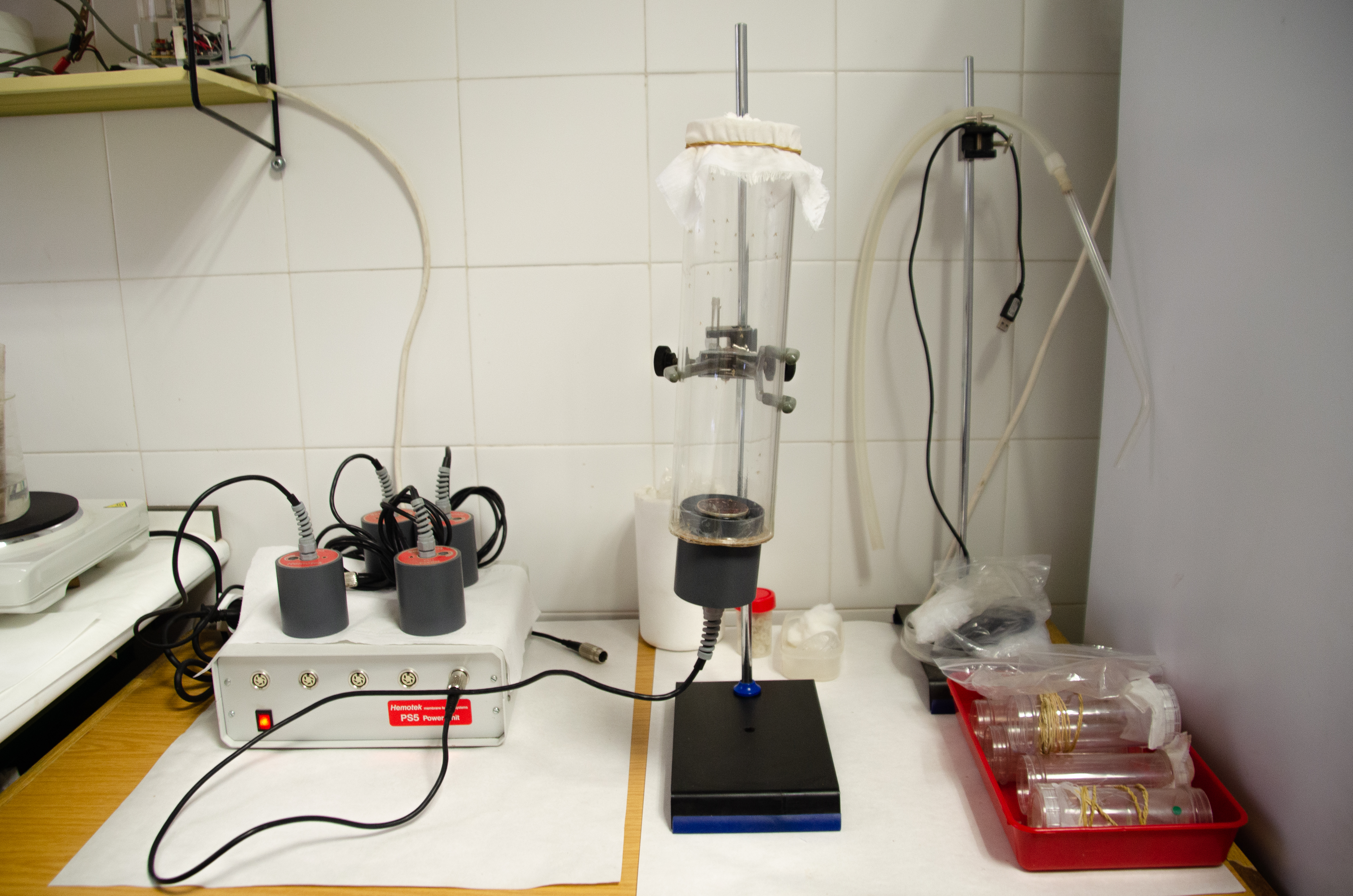
Sanitary entomology laboratory
Location
University of Zaragoza. Faculty of Veterinary Medicine. Hospital Building
Equipment
This health entomology laboratory provides scientific and technical support to the study of vectorial transmission mechanisms of certain diseases by hematophagous arthropods, as well as the development and validation of vector control measures and strategies for their surveillance, control and containment, with the aim of reducing the impact of these pathologies on public health. Therefore, it focuses its activity on the identification and characterization, epidemiology, and the study of biological cycles, ecology and environmental factors that condition the existence and proliferation of these pathogen-transmitting arthropods. At the same time, the efficacy of repellents and insecticides for their control is also tested, as well as studies of resistance to them.
Specifically, this group conducts research on the transmission of vectorial diseases of animal and human health interest, such as bluetongue, Schlemmalberg disease, West Nile encephalitis, African horse sickness, dengue, chikinguya, malaria and leishmaniasis.
It is worth mentioning its designation as a reference laboratory in the Entomological Program against Bluetongue, as part of the National Program for the Surveillance, Control and Eradication of Bluetongue (Ministry of Agriculture, Fisheries and Food). In addition, other types of advisory, coordination and participation activities are also carried out with the competent administrations within the framework of entomological surveillance, such as the Entomological Surveillance Program in Spanish Airports and Ports (Ministry of Health, Consumption and Social Welfare) and the Entomological Surveillance of the tiger mosquito (Aedes albopictus) in Aragón (Department of Health of the Government of Aragon).
To carry out its activity, it is structured in different areas, with the following equipment:
Area for sample preparation and viewing for diagnosis:
- Various stereomicroscopes and microscopes, highlighting SMZ 168 Motic.
- Hehareus Function Line incubation oven.
- Light bulbs, balances, other standard equipment.
Working area with insects:
- Refrigerated incubators with temperature and humidity control: Series 639/250. Nahita®.
- Optika® binocular magnifier
- Vortex type shaker: Genius 3. IKA®.
Field work area, identification and bioassays of insecticides and repellents:
- Refrigerated incubator with temperature and humidity control: 639/150 series. Nahita®.
- Two refrigerated cabinets: Medilow. JPSelecta
- Refrigerator and freezer
- Two incubators with full visualization of samples: Incubator S160. Stuart.
- Cold light stereomicroscope SMZ 745T. Nikon® with attached cold table Mod. 1431. Bioquip®Products.
- Membrane feeding system for mosquitoes: Hemotek® Membrane Feeding System + Power unit PS5.
- Entomological material: traps, magnifying glasses
Other facilities:
- Rearing chamber, with temperature and humidity control for Phlebotomus.
In addition, there is an insectary with biological containment level P3 for pathogenic insects, equipped with climatic chambers and air-conditioned cubicles, and conditioned and with the necessary infrastructure to comply with all the
biosafety guarantees required at this level.
- Artificial mosquito feeding system through membrane: Hemotek® Membrane Feeding System + Power unit PS5


